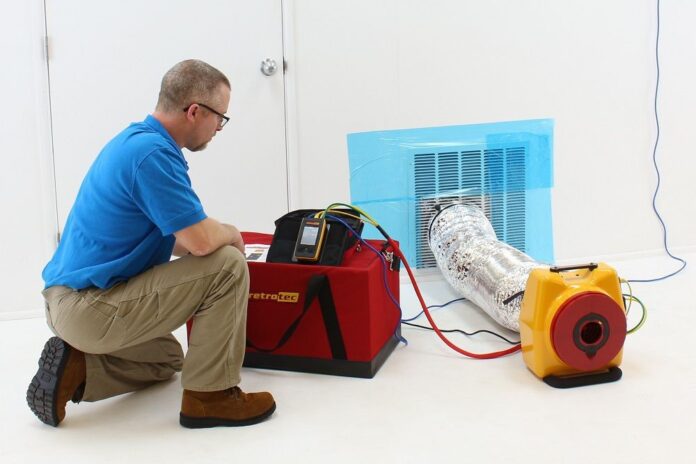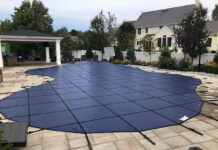Are you concerned about air leaks in your home’s HVAC ducts? If so, testing and sealing them is an important part of keeping the indoor environment comfortable and energy-efficient. Without regular maintenance, any leak that occurs could cause a number of issues such as causing dust or debris to enter your living space, increasing energy bills due to inefficient operation, or even health concerns if mold accumulates inside the walls.
Thankfully, modern testing and sealing techniques are simple enough for most homeowners to do on their own—in this blog post we’ll break down what you need to know about how to test for leaks in your HVAC ducts!
You can also take a look at Hurliman Heating, an example of a great HVAC provider that can help with your leak detection efforts.
Inspect your ducts for any obvious leaks
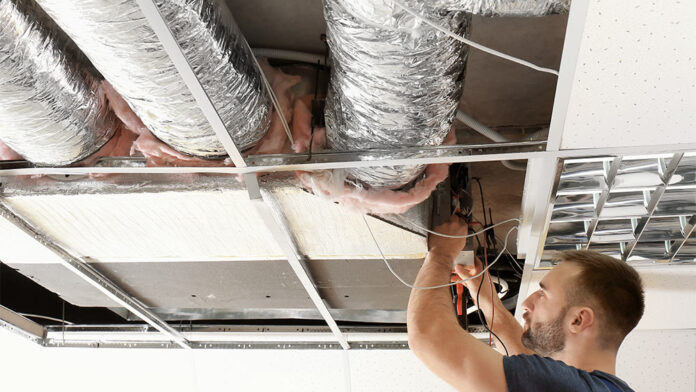
Duct maintenance is an important part of ensuring that your home heating and cooling systems run effectively. A key component to keep in mind when it comes to ducts is the importance of inspecting them for any obvious leaks.
These leaks might allow dust and other contaminants into your home, as well as reduce the efficiency and effectiveness of your HVAC system. Small holes, cracks, or even separation of seams can lead to costly energy bills due to lost air leakage, not to mention a decrease in comfort levels throughout your home.
Inspecting for visible signs of damage helps ensure that you are getting the most out of your system and staying comfortable all year long.
Test the seals using a smoke pencil or incense stick
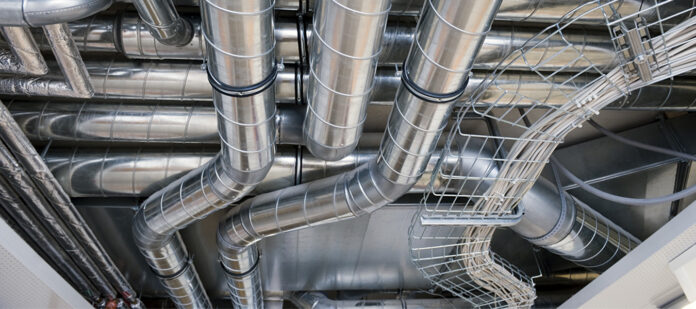
An HVAC duct system is your home’s air circulation system, designed to re-distribute air from one room to another. And in order to ensure that it is functioning properly, you should regularly test the seals for leaks.
This can be done easily with a smoke pencil or incense stick – when you light either of those and pass it around the seals of your ducts while observing the smoke, you will be able to tell if any leakage is happening. If so, it means that some of the air from your HVAC system is escaping and not being used efficiently.
Seal up any leaks with duct tape or caulk
After discovering leaks, it’s important to start fixing them immediately, as it’s an important part of keeping your living space safe and secure.
Duct tape and caulk are two quick and easy ways to seal up any potential gaps or cracks. Duct tape is an inexpensive solution that offers a temporary fix, while caulk needs to be applied with a careful hand to create a more permanent water-tight seal.
Simply apply the product of choice in the desired area and wait for it to set before testing – this will help ensure that any pesky leaks are taken care of for good!
It is highly recommended to check for leaks every few months in order to make sure that your HVAC system performance remains optimal and your energy bills remain low.
Repair any damaged ducts
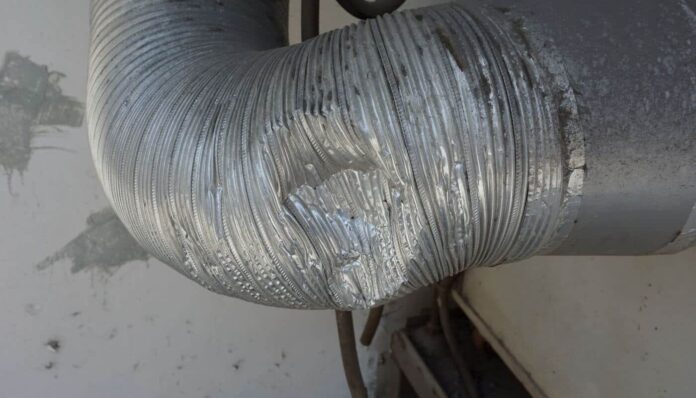
Making sure you repair any damaged ducts in your HVAC system is important for your comfort and safety, as well as the efficiency of the system itself. Damaged or contaminated air ducts can leak air and compromise the quality of the air that you breathe in.
Unsealed connections may also cause heating or cooling losses, making it more difficult to keep your home comfortable. Indoor allergens like dust can also accumulate and spread through damaged ductwork, leading to unhealthy indoor air quality.
Be sure to check for any visible defects, wear, or deterioration in the insulation of your ducts – if you find any signs that it needs repair, contact a qualified professional who can advise you on the best way to make repairs and ensure proper function of your HVAC system.
Clean your ducts to improve air flow
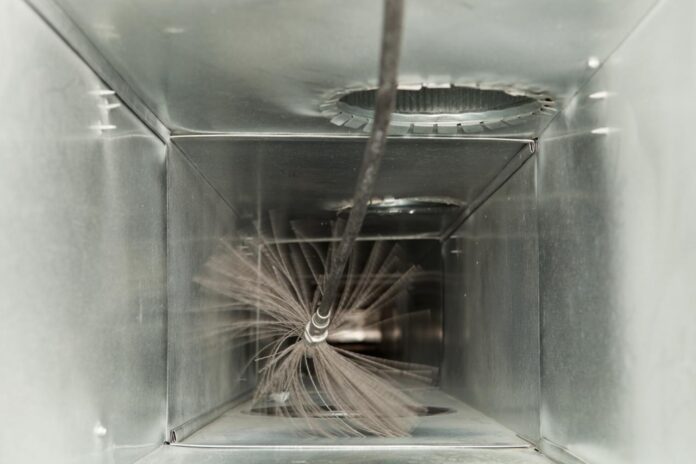
Keeping your ducts clean is one of the most important steps when it comes to ensuring that your home is able to enjoy healthy air help and flow. The primary reason for this is because clogged, dirty ducts can cause air leaks and other problems that may lead to promoting mold and mildew growth in your house.
By regularly cleaning your ductwork with a highly efficient airflow tool you will reduce dust, dirt, pollen, and other contaminants from entering the air you breathe.
It’s easy to overlook the importance of proper maintenance for our air moving systems, but keeping the ducts free from dirt can improve airflow and prevent leaks while ensuring that you are getting clean air in your home.
Monitor your HVAC system closely to ensure that no new leaks have developed
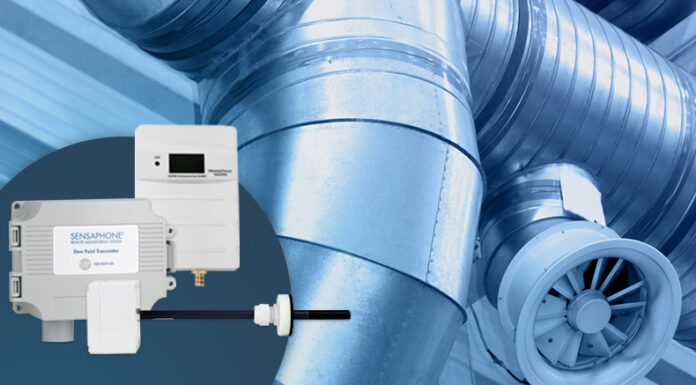
As we’ve repeated many times, regularly monitoring your HVAC system is an essential part of ensuring it is always operational. This includes being mindful of possible leaks that can result in costly repairs and expensive energy bills.
To identify any existing or newly developed leaks, be sure to analyze the parts such as ductwork, supply and return lines, and isolation valves for excess moisture or water around them.
Accessing an HVAC professional can also help you detect potential issues with the system before they become more difficult and expensive to fix. Taking the time to monitor your HVAC system closely will save you time, money, and frustration down the line.
